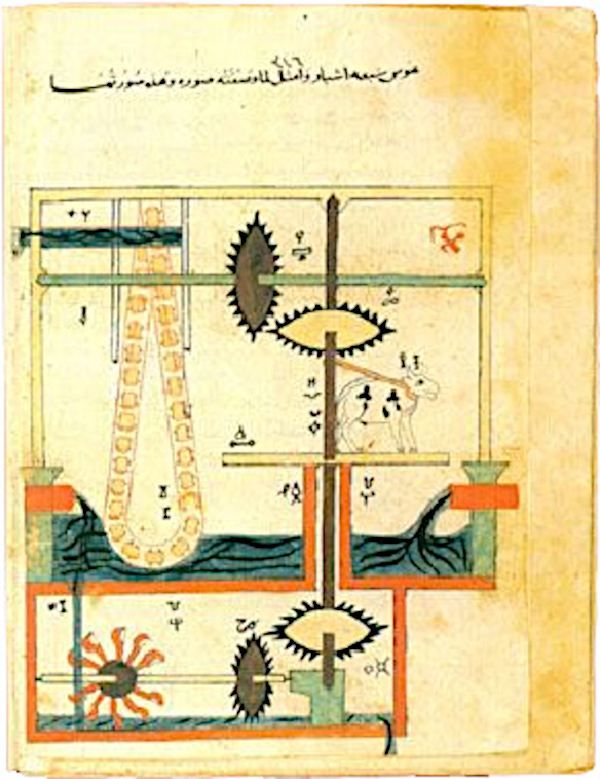From reader Chris Smith:
Pick a three-digit number in which all the digits are different. Example: 314.
Now list every possible combination of two digits from the chosen number. In our example, these are 13, 14, 31, 34, 41, and 43.
Divide the sum of these two-digit numbers by the sum of the three digits in the original number, and you’ll always get 22. In our example, (13 + 14 + 31 + 34 + 41 + 43) / (3 + 1 + 4) = 176/8 = 22.
This works because 10a + b, 10a + c, 10b + a, 10b + c, 10c + a, and 10c + b sum to 22a + 22b + 22c = 22(a + b + c), so dividing by a + b + c will always give 22.
(Thanks, Chris.)
06/08/2024 Reader Tom Race points out that essentially the same trick can be performed using the entire number: If you add all six permutations of the original 3 digits, then divide that total by the sum of the 3 digits, the answer is always 222.
For example, using 561:
561 + 516 + 156 + 165 + 651 + 615 = 2664
5 + 6 + 1 = 12
2664 / 12 = 222
“This works because in the first sum each of the three digits (a, b and c) occurs twice in each of the three columns, so the sum is 222a + 222b + 222c = 222(a + b + c).” (Thanks, Tom.)









